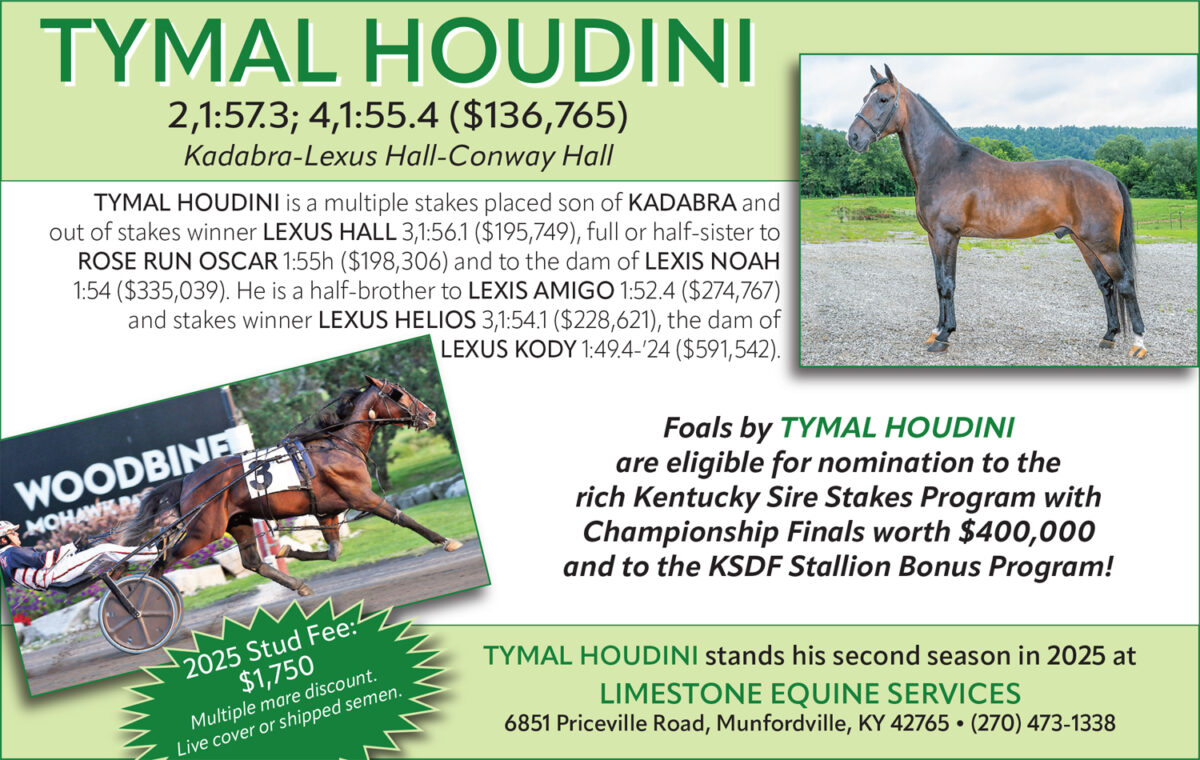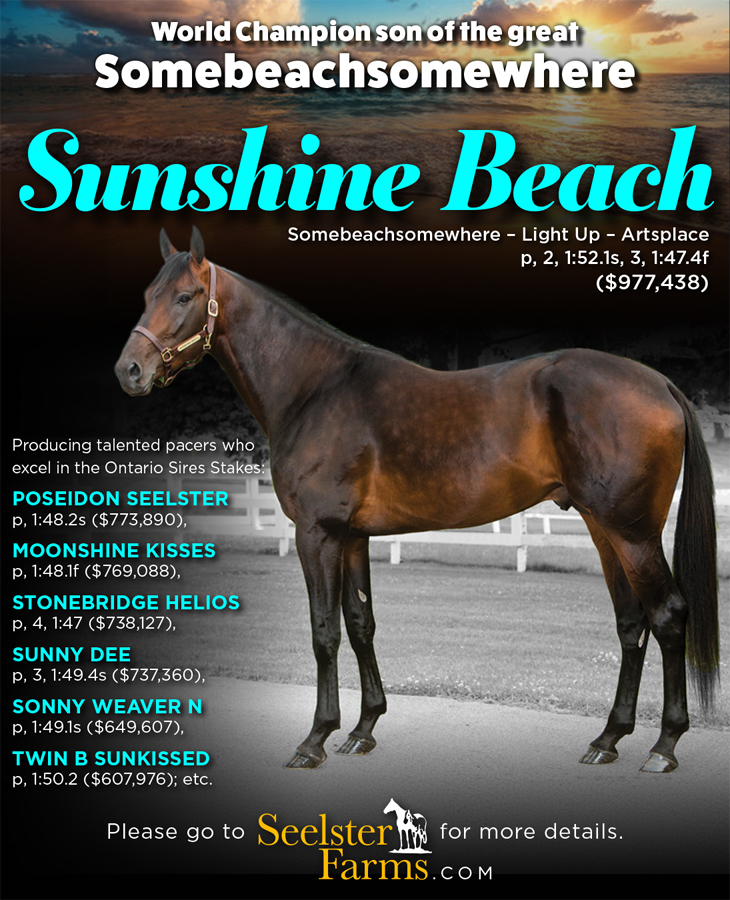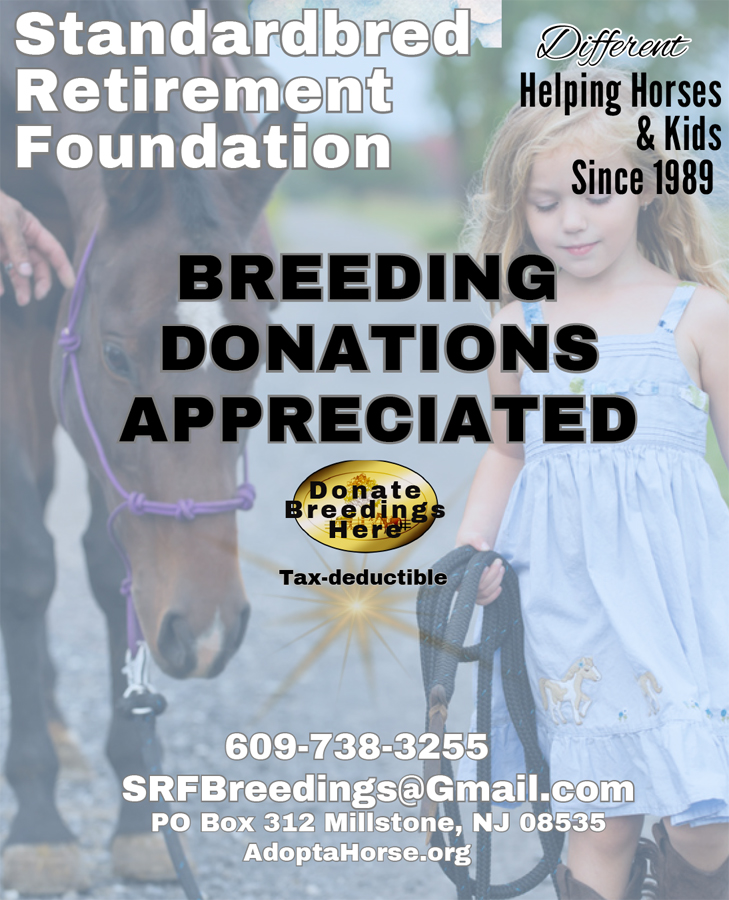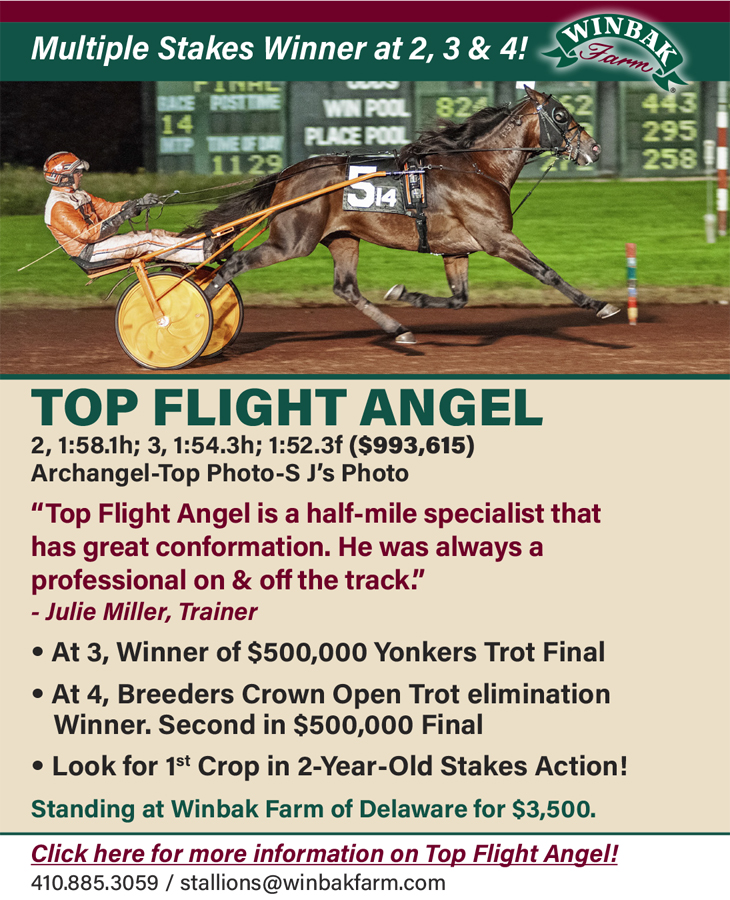
After the mistakes
A case for lists and revisitation.
by Trey Nosrac
“Without reflection, we go blindly on our way, creating more unintended consequences and failing to achieve anything useful.”
Margaret Wheatly
Last year, you may have done something like this: you headed to the yearling sales with a list of possibilities, knowing that many would go over your fiscal cliff. In my case, I typed up a list of 20 yearlings heading into the sales ring. Not included on my list were the apparent sales toppers. I folded the paper and stuffed it into my sales catalog. I imagine many of you folded corners in your catalog or created tabs to links on your iPads.
Last fall, I did not come home with any yearlings on my list, but I kept my list. Now that we are deep into the summer of 2022, most 2-year-old horses have qualified. I pull out my list, always curious to learn which ones made it to the races and whether they raced well or marginally.
The point of this exercise is not to tear my hair out for passing on a good prospect or to sigh in relief that I did not buy one I liked – the point is to try to improve. (BTW, only five of my 20 appear to be decent choices, 15, not so much. Only one of the 20 on my list looks to be a stakes performer). I did this post-game analysis to better prepare for this year’s yearling sales. Plus, it is fun.
You always remember how the yearling you bought turned out, but it is easy to lose track of the yearlings you had an interest in but did not purchase. You don’t learn much by simply rushing into the next game. Failing to reflect on the water over the dam is human nature. Most of us want to get to the next fishing spot. But looking back at our paths not taken in the sales arena is simple, fun, and does not cost a dime. Revisiting the performance of yearlings we favored but did not purchase gives us a chance to test our pet theories and admit what we did wrong.
We all have biases. For example, maybe you could never vote for a political candidate who wears an oversized cowboy hat, or you would not eat a dinner of fried insects, but you may be wrong. Abe Lincoln wore a ridiculous hat, and the scientific investigation reveals that insect diets are healthy, economical, tasty, and sustainable. In reflection, we can, occasionally, overcome our prejudices.
Everyone has different methods and ideas about selecting yearlings — favorite stallions, female families, birth order, etc. Buyers can be scientific, lean into data, or have a feeling in their gut about a yearling. Some of us use theories that others consider dubious at best and may make experts shudder. Many of us find debating these differing valuation concepts an enjoyable part of the process.
As laughable as it may seem, searching for the yearling’s family’s sales results and minimizing the on-track earnings is one of my biases. In other words, regardless of recent racing results, maybe three or more flops in a row from a mare, I feel a horse in this family is about to pop, and at one time, intelligent people saw some value.
Another theory, foals born after mid-May are automatic outs for many bidders. They are in for me. There may be scientific data on the late foal issue that supports or refutes this theory, but I have yet to find it.
And bidding on a yearling with three or more white feet is usually a no-go for me. However, theories should not be iron clad. Last year, for one of the first times, a yearling that appealed to me had three white feet that climbed almost up to her knees, and this filly made my list of possibilities.
Yearlings from stallions with four or five crops on the ground and have fallen out of favor always get a good hard look from me. Who cares if they may not be the hottest ticket in town, a fading star can be a good value, and I will gladly ride the caboose to glory.
Keep your lists. Looking back on last season’s list gives an opportunity, at no cost, to find if your theories are validated or nullified. Reflecting on roads not taken is fun, accessible, and instructive.
Here are some lessons learned from last year’s list of horses I did not buy: My percentage of one stake horse out of 20 yearlings is not very good, and that filly with three white feet is racing nicely.
Picking yearlings is not a perfect science, but it is addictive and intriguing. Reflection is good.
My list for this year is under construction, and I will archive the list for next year.













